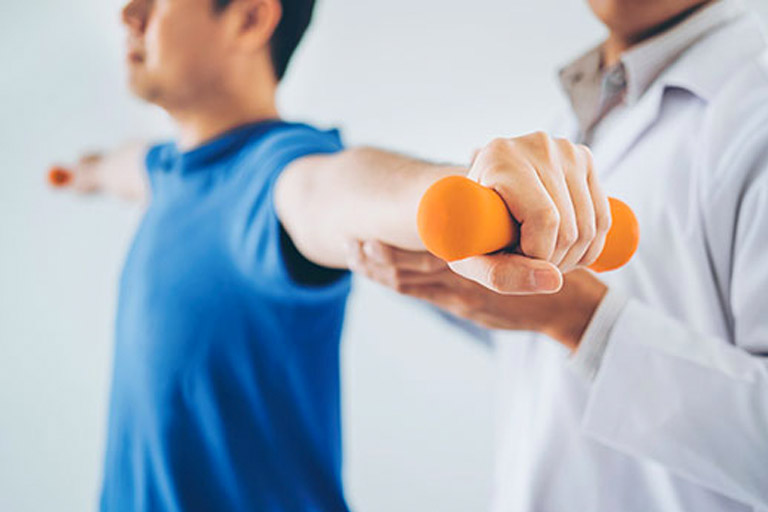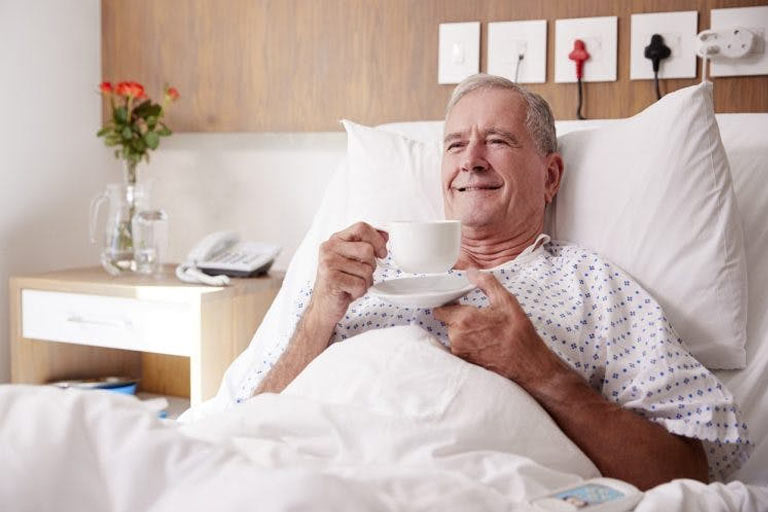Introduction
In Neurological Rehabilitation, a variety of treatment methods and approaches from various philosophical perspectives are used. The research to support the various methods differs greatly, with some strategies having a plethora of research to support their use, while others have insufficient evidence to support their use and rely on anecdotal evidence. This page offers a highlevel summary of a number of topics.
Symptoms and Signs of stroke: Quick – If your face is drooping, your arms are weak, and you’re having trouble speaking. On one side of the body, weakness of the face, arm, and leg with reduced sensation, changes in vision, and decreased cognitive function Coordination problems, blurred vision, dizziness, and deafness, sudden intense headache, loss of consciousness, nausea, and vomiting are all possible symptoms.
Higher practice intensity tends to be an essential feature of successful physical therapy, and it is suggested that practice intensity is a key factor in meaningful training following stroke, with more practice being stronger. Important positive effects on body function as well as activities and participation were found to require 17 hours of therapy over a 10-week span.
While the body of information in relation to physiotherapy in stroke rehabilitation is still increasing, further clarification of the evidence for physiotherapy after stroke, as well as the effect of physiotherapy interventions on stroke recovery, requires a deeper understanding of the neurophysiological processes that drive stroke recovery, including neuroplasticity.
In order to optimize the transition of scientific expertise into clinical practice, further research is needed to support physiotherapy implementation strategies. High growth of evidence presents challenges for physiotherapists in keeping up with new evidence when it becomes accessible, and there is a need for further research into more reliable and efficient approaches for physiotherapists to keep their skills and ability levels up to date over time.
As a result of varying degrees of physical impairments, many people after a stroke lose their ability to shift position and posture. Skin injury, limb swelling, shoulder pain or subluxation, and irritation are all reduced by therapeutic positioning, which often maximizes function and maintains soft tissue length. It’s also been proposed that positioning will help with respiratory complications. By modulating muscle tone, providing adequate sensory input, increasing spatial awareness, improving capacity to communicate with the environment, and preventing complications such as pressure sores and contracture, the aim of positioning the patient is and try to facilitate optimum recovery and comfort.
Following a stroke, the best position in which to place a patient is still unknown. There isn’t a randomized control group. There is no trial proof to support the suggestion of any one role over another, but five key positions have been recommended, according to a study of physiotherapists’ current positioning practices. 98 percent of respondents suggested sitting in an armchair; side lying on the unaffected side, then side lying on the affected side. Supine lying (78 percent, 95 percent CI 74 to 82 percent) and sitting in a wheelchair (78 percent, 95 percent CI 74 to 82 percent) were less frequently recommended.











